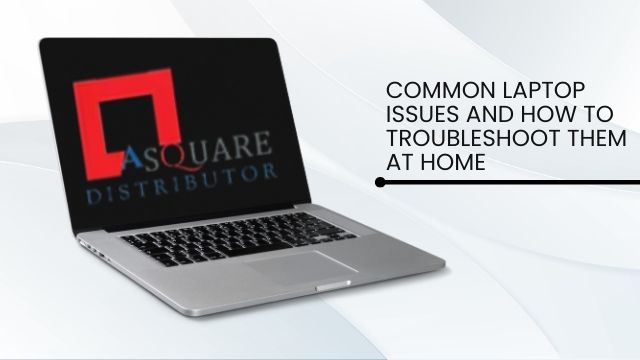Common Laptop Issues and How to Troubleshoot Them at Home
In today’s digital age, laptops have become indispensable tools for work, entertainment, and communication. However, like any electronic device, laptops are prone to various issues that can disrupt productivity and cause frustration. From slow performance to connectivity problems, understanding common laptop issues and knowing how to troubleshoot them at home can save you time and money. In this blog post, we’ll explore some of the most prevalent laptop issues users encounter and provide practical troubleshooting tips to help you resolve them efficiently. Whether you’re a student, professional, or casual user, having the knowledge to tackle laptop issues can ensure a smoother and more enjoyable computing experience. Let’s dive in and empower ourselves to troubleshoot common laptop problems like pros!
- Slow Performance: Close unnecessary programs, clear temporary files, and run a disk cleanup or defragmentation. Consider upgrading RAM or switching to a solid-state drive (SSD) for faster performance.
- Overheating: Ensure proper ventilation by cleaning dust from vents and using a cooling pad. Avoid using the laptop on soft surfaces that can block airflow. Adjust power settings to lower CPU usage.
- Battery Draining Quickly: Calibrate the battery by fully charging and then discharging it. Reduce screen brightness, disable unnecessary background apps, and consider replacing an old battery if needed.
- Screen Flickering: Update display drivers and adjust refresh rate settings. Check for loose connections between the screen and motherboard. If the issue persists, consult a technician for possible hardware repairs.
- Wi-Fi Connectivity Problems: Restart the router, update Wi-Fi drivers, and check for interference from other devices. Move closer to the router or use a Wi-Fi range extender for better signal strength.
- Blue Screen of Death (BSOD): Restart the laptop and check for updates for Windows and device drivers. Run a malware scan and check for hardware issues such as faulty RAM or hard drive.
- Keyboard or Touchpad Not Working: Check for debris or dirt under keys and clean the keyboard using compressed air. Update keyboard and touchpad drivers. If the problem persists, connect an external keyboard or mouse to troubleshoot further.
- Software Crashes or Freezes: Update software applications to the latest versions, clear temporary files, and run a full system scan for viruses or malware. Consider reinstalling problematic software or performing a system restore to a previous stable state.
By following these troubleshooting steps, you can resolve many common laptop issues at home. If the problem persists or requires technical expertise, consider seeking assistance from a professional technician or contacting the laptop manufacturer’s support.




